Home>Furniture & Design>Living Room Furniture>How To Measure A Recliner
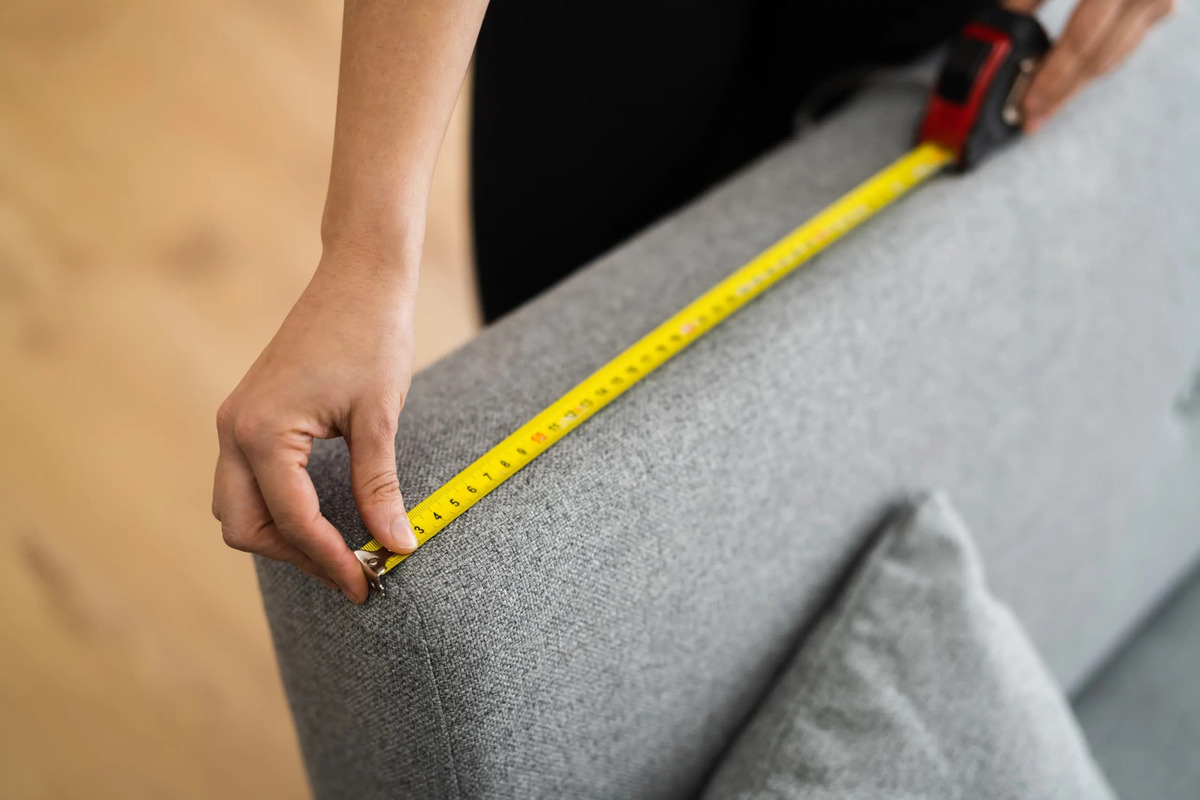

Living Room Furniture
How To Measure A Recliner
Modified: February 18, 2024
Learn how to properly measure a recliner for your living room furniture. Get expert tips and advice on furniture and design. Discover the best way to ensure a perfect fit!
(Many of the links in this article redirect to a specific reviewed product. Your purchase of these products through affiliate links helps to generate commission for Storables.com, at no extra cost. Learn more)
Introduction
When it comes to selecting the perfect recliner for your living room, ensuring that it fits seamlessly into your space is crucial. Whether you're replacing an old recliner or purchasing one for the first time, taking accurate measurements is the first step in the process. By doing so, you can avoid the frustration of a recliner that is either too large for your room or uncomfortably cramped within it.
In this comprehensive guide, we will walk you through the essential steps for measuring a recliner. From the width and depth to the height and recline length, each measurement plays a vital role in determining the ideal fit for your living room. By the end of this guide, you will have the confidence to measure any recliner accurately, ensuring that your next purchase complements your living space perfectly.
So, grab your measuring tape and let's dive into the step-by-step process of measuring a recliner to make an informed and satisfying purchase.
Key Takeaways:
- Measure the width, depth, height, and recline length of a recliner to ensure it fits your living room perfectly. These measurements help you find a comfortable and visually appealing addition to your space.
- Accurate measurements are the key to selecting a recliner that complements your living room and enhances your relaxation experience. Take the time to measure width, depth, height, and recline length for a perfect fit.
Read more: How To Raise A Recliner
Step 1: Measure the Width
Measuring the width of a recliner is the first and most crucial step in ensuring a proper fit within your living room. To begin, clear the area around the recliner to ensure unobstructed access for accurate measurements. Start by extending the measuring tape across the widest part of the recliner, typically from one outer armrest to the other. Ensure that the tape is taut and straight to obtain a precise measurement.
It's important to note that some recliners have varying widths due to features such as extended footrests or additional armrest padding. In such cases, measure the widest points to capture the full breadth of the recliner. Additionally, if the recliner features adjustable components, such as removable armrest covers or detachable cushions, measure the width with these elements in place to account for the maximum space the recliner will occupy.
When recording the width measurement, be sure to note it down in both inches and centimeters for convenience during the selection and comparison process. This dual notation will enable you to easily reference the measurements when exploring recliner options, as some retailers may use different units of measurement.
By accurately measuring the width of the recliner, you can confidently assess its compatibility with your living room space. This measurement serves as the foundation for evaluating how the recliner will fit alongside other furniture and within the overall layout of the room. With this essential measurement in hand, you are well-equipped to proceed to the next step in the process of measuring a recliner – determining its depth.
Remember, the width measurement is a fundamental factor in ensuring that the recliner not only fits comfortably within your living room but also complements the existing decor and furniture arrangement. With this critical measurement complete, you are one step closer to finding the perfect recliner for your space.
Step 2: Measure the Depth
After accurately measuring the width of the recliner, the next vital dimension to assess is its depth. Measuring the depth is essential for determining how the recliner will fit within the available space and how it will accommodate the user's seating preferences.
To measure the depth of the recliner, position yourself at the front of the chair, ensuring that the backrest is fully upright. This starting position provides a consistent reference point for capturing the recliner's depth. Extend the measuring tape from the front edge of the seat to the backrest, following the contour of the chair to capture the full depth. If the recliner features an adjustable headrest or additional lumbar support, ensure that these elements are included in the measurement to account for the full space the recliner will occupy.
It's important to consider the recliner's depth in relation to the available space in your living room. If the room is limited in size, a recliner with excessive depth may dominate the area, creating a cramped and uninviting atmosphere. Conversely, a recliner with insufficient depth may compromise comfort, leaving users feeling confined and uncomfortable.
By accurately measuring the depth, you can confidently assess how the recliner will integrate into your living room layout and how it will complement existing furniture. This measurement also plays a crucial role in determining the overall visual balance and functionality of the space, ensuring that the recliner harmonizes with the room's aesthetic and serves as a comfortable seating option.
When recording the depth measurement, note it down in both inches and centimeters to facilitate easy reference and comparison when exploring recliner options. This dual notation allows for seamless evaluation of various recliners, enabling you to make informed decisions based on the available space and your seating preferences.
With the depth measurement complete, you have gained valuable insight into how the recliner will occupy space within your living room. This essential dimension serves as a cornerstone for evaluating the recliner's suitability and comfort, bringing you one step closer to selecting the perfect recliner for your home.
When measuring a recliner, be sure to measure the width, depth, and height of the seat, as well as the overall width and height of the entire chair. This will help ensure that the recliner will fit in your desired space.
Step 3: Measure the Height
Measuring the height of a recliner is a crucial step in determining its suitability for your living room and ensuring optimal comfort for its users. The height measurement encompasses various aspects, including the overall height of the chair, the height of the backrest, and any additional features that contribute to its vertical dimensions.
To begin, position yourself at the base of the recliner, ensuring that it is placed on a level surface for accurate measurements. Extend the measuring tape from the floor to the highest point of the recliner, capturing its full vertical extent. This measurement provides valuable insight into how the recliner will fit within the room, particularly in relation to other furniture and spatial constraints.
In addition to measuring the overall height, it is essential to capture the height of the backrest. Extend the measuring tape from the seat's base to the top of the backrest, following its curvature to obtain an accurate measurement. This dimension is particularly important for assessing the recliner's visual presence and its ability to provide adequate support for the user's back and shoulders.
Furthermore, if the recliner features adjustable headrests, neck support, or additional cushions, it is crucial to include these elements in the height measurement. By doing so, you can accurately assess the recliner's full vertical profile, ensuring that it aligns with your preferences and spatial requirements.
When recording the height measurement, note it down in both inches and centimeters to facilitate easy reference and comparison when exploring recliner options. This dual notation allows for seamless evaluation of various recliners, enabling you to make informed decisions based on the available space and your desired level of support and comfort.
By accurately measuring the height of the recliner, you gain valuable insights into its visual impact, spatial compatibility, and ergonomic suitability. This measurement serves as a critical factor in determining how the recliner will integrate into your living room, ensuring that it harmonizes with the existing decor and provides a comfortable seating option for relaxation and leisure.
With the height measurement complete, you have acquired essential information to guide your recliner selection process, bringing you one step closer to finding the perfect addition to your living room.
Step 4: Measure the Recline Length
Measuring the recline length of a recliner is a pivotal step in evaluating its functionality and comfort. The recline length refers to the distance the chair extends when fully reclined, encompassing the full span from the upright position to the fully extended reclining state. This measurement is essential for understanding how the recliner accommodates various seating preferences and spatial requirements, particularly in relation to available room space and user comfort.
To begin measuring the recline length, ensure that the recliner is positioned on a level surface, allowing for a consistent and accurate assessment. With the chair in its upright position, extend the measuring tape from the front edge of the seat to the farthest point of the footrest when fully extended. This measurement captures the full extent of the recliner's reclining function, providing valuable insight into its spatial impact and user experience.
In addition to capturing the linear distance of the recline length, it is essential to consider the overall spatial footprint when the recliner is fully extended. This includes assessing the clearance required behind the recliner to accommodate its full recline, ensuring that it does not obstruct walkways or other furniture when in use. By considering the spatial implications of the recline length, you can make informed decisions regarding the recliner's placement within your living room, optimizing both comfort and functionality.
Furthermore, if the recliner features additional reclining settings, such as adjustable headrests or lumbar support, it is important to account for these elements in the recline length measurement. By doing so, you can accurately assess the full spatial requirements and ergonomic capabilities of the recliner, ensuring that it aligns with your preferences for relaxation and comfort.
When recording the recline length measurement, note it down in both inches and centimeters to facilitate easy reference and comparison when exploring recliner options. This dual notation allows for seamless evaluation of various recliners, enabling you to make informed decisions based on the available space and your desired level of reclining comfort.
By accurately measuring the recline length of the recliner, you gain valuable insights into its spatial requirements, ergonomic functionality, and user comfort. This measurement serves as a critical factor in determining how the recliner will integrate into your living room, ensuring that it harmonizes with the existing decor and provides a comfortable seating option for leisure and relaxation.
With the recline length measurement complete, you have acquired essential information to guide your recliner selection process, bringing you one step closer to finding the perfect addition to your living room.
Read more: How To Choose A Recliner
Conclusion
In conclusion, mastering the art of measuring a recliner is a fundamental step in the journey toward selecting the perfect addition to your living room. By meticulously capturing the width, depth, height, and recline length of a recliner, you gain valuable insights into its spatial requirements, ergonomic functionality, and visual impact. These measurements serve as essential criteria for evaluating how the recliner will integrate into your living space, ensuring that it harmonizes with the existing decor and provides a comfortable seating option for relaxation and leisure.
The width measurement sets the foundation for assessing how the recliner will fit alongside other furniture and within the overall layout of the room. It enables you to gauge the spatial impact of the recliner, ensuring that it complements the existing furniture arrangement and does not overwhelm the space.
Moving on to the depth measurement, capturing this dimension provides crucial insights into how the recliner will accommodate seating preferences and spatial constraints. It allows you to assess the recliner's visual balance and functionality within the room, ensuring that it offers a comfortable and inviting seating option without dominating the space.
Measuring the height of the recliner further enhances your understanding of its spatial compatibility and ergonomic suitability. This dimension plays a pivotal role in determining how the recliner will integrate into your living room, providing valuable insights into its visual impact, support capabilities, and overall fit within the space.
Finally, the recline length measurement offers a comprehensive understanding of the recliner's functionality and comfort. By capturing the full extent of the recliner's reclining function and assessing its spatial implications, you can make informed decisions regarding its placement within your living room, optimizing both comfort and functionality.
With these measurements in hand, you are well-equipped to embark on the journey of selecting a recliner that not only fits seamlessly into your living space but also enhances your relaxation and leisure experiences. Armed with a clear understanding of the spatial requirements, ergonomic functionality, and visual impact of the recliner, you can confidently explore various options, ensuring that your next purchase complements your living room perfectly.
So, as you embark on the quest for the ideal recliner, remember that the journey begins with precise measurements – the key to unlocking a harmonious and comfortable living room environment.
Frequently Asked Questions about How To Measure A Recliner
Was this page helpful?
At Storables.com, we guarantee accurate and reliable information. Our content, validated by Expert Board Contributors, is crafted following stringent Editorial Policies. We're committed to providing you with well-researched, expert-backed insights for all your informational needs.
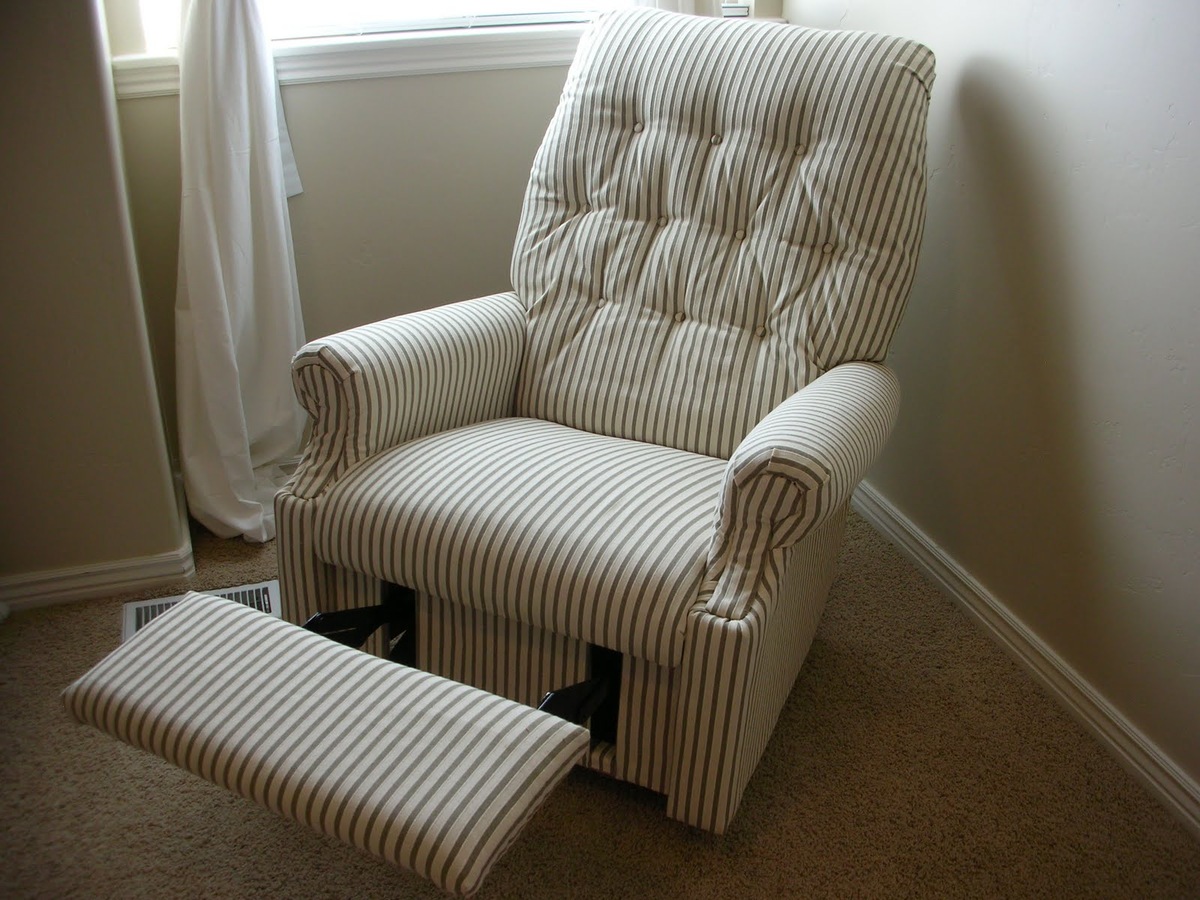
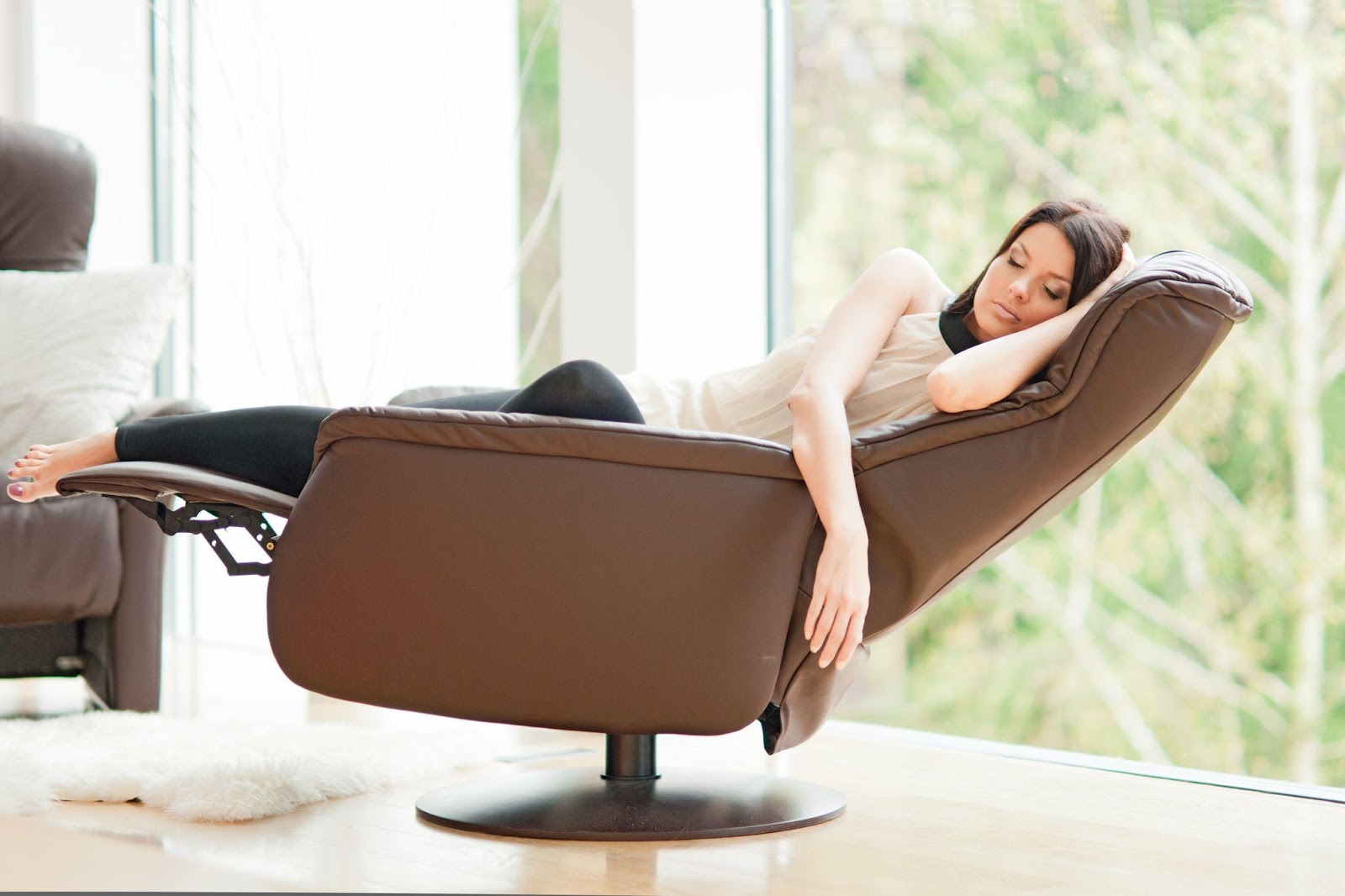
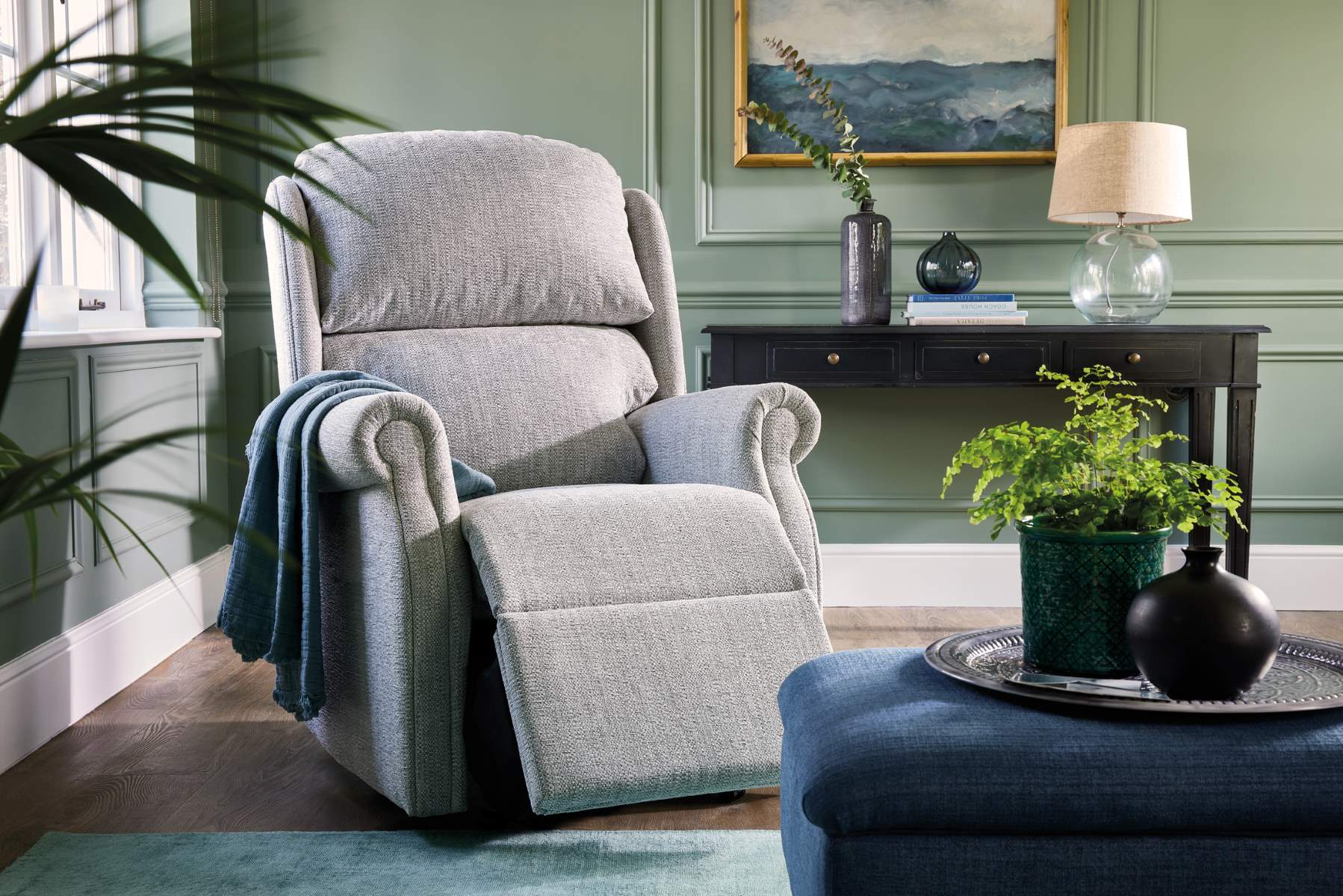
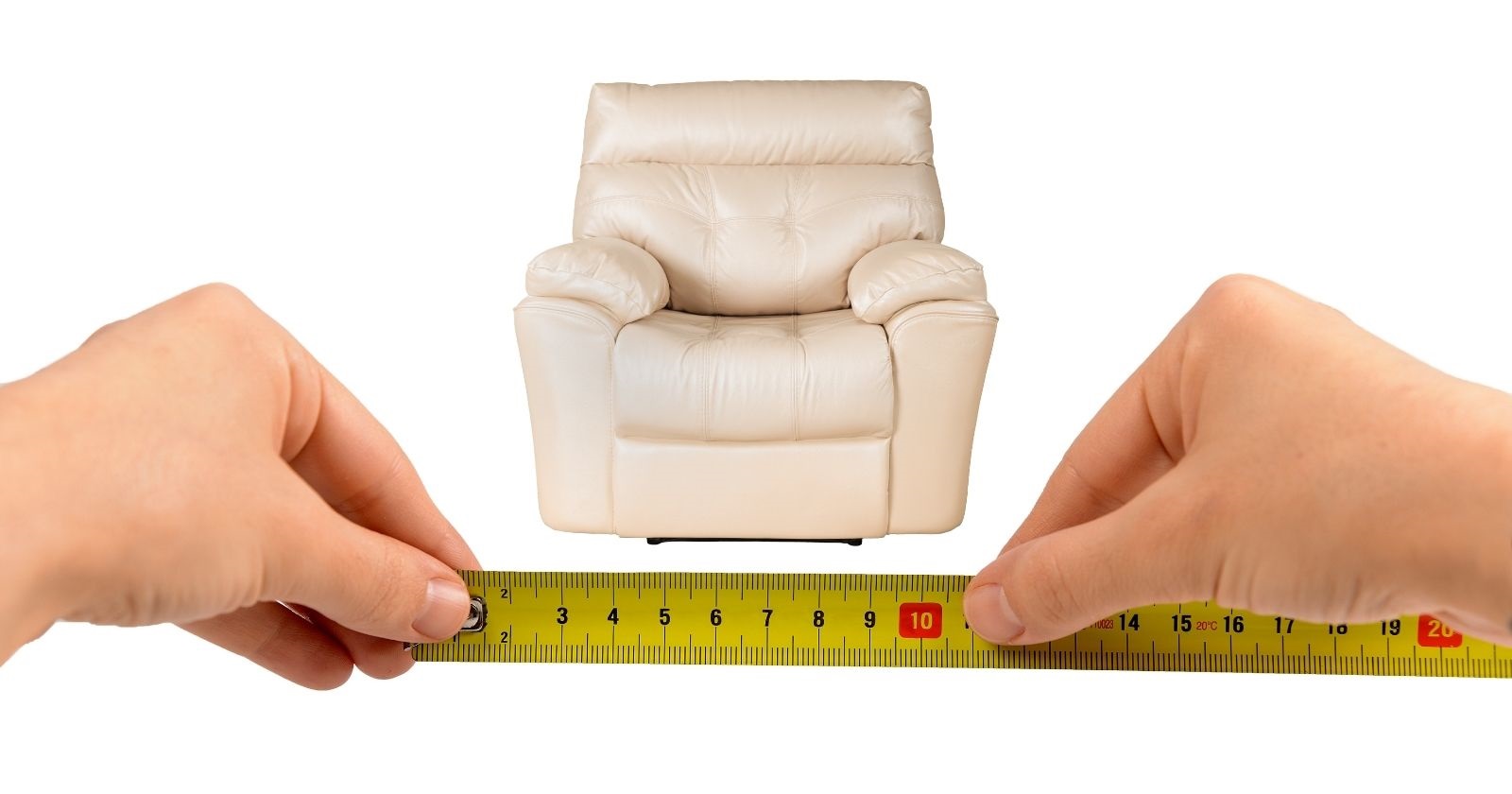
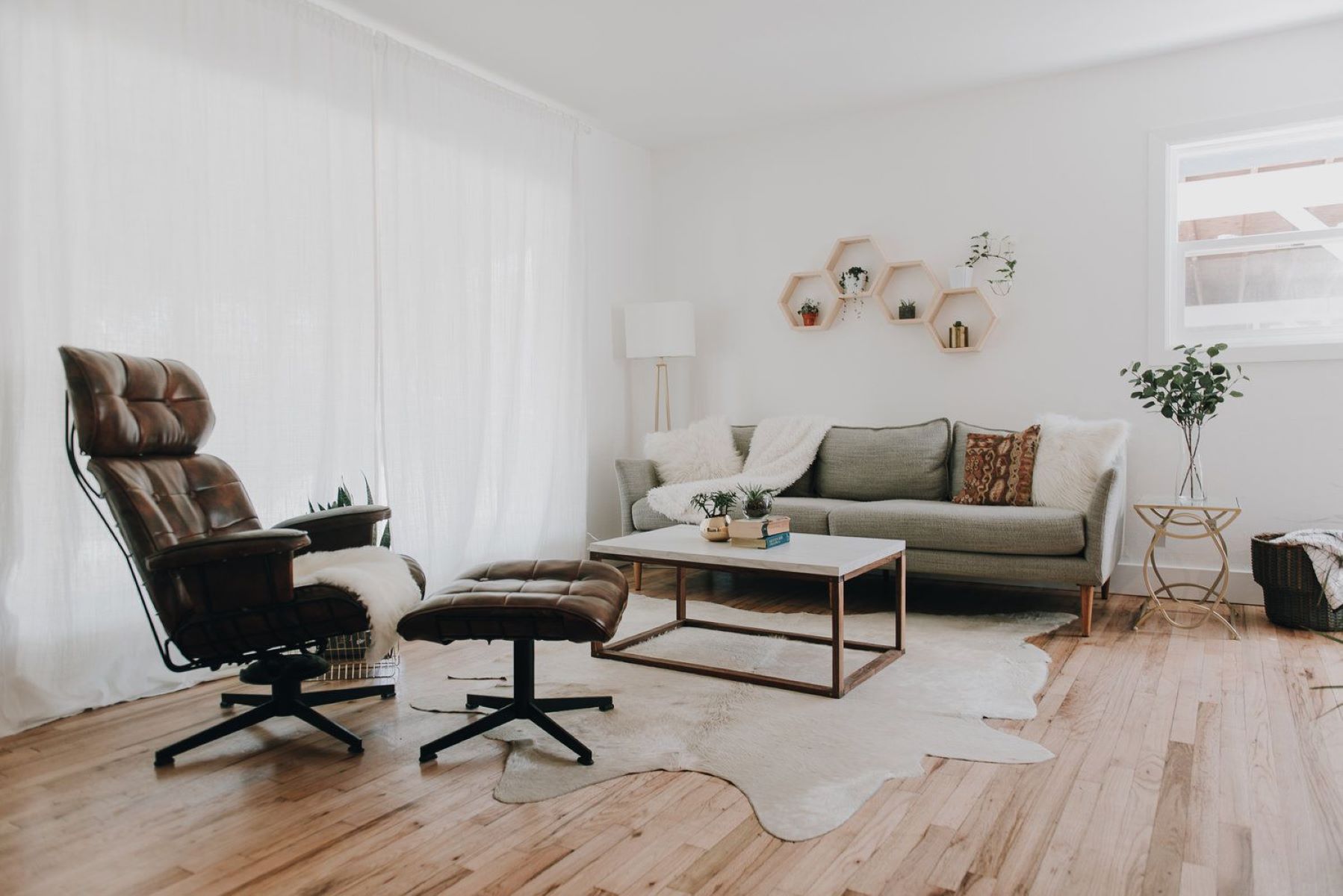
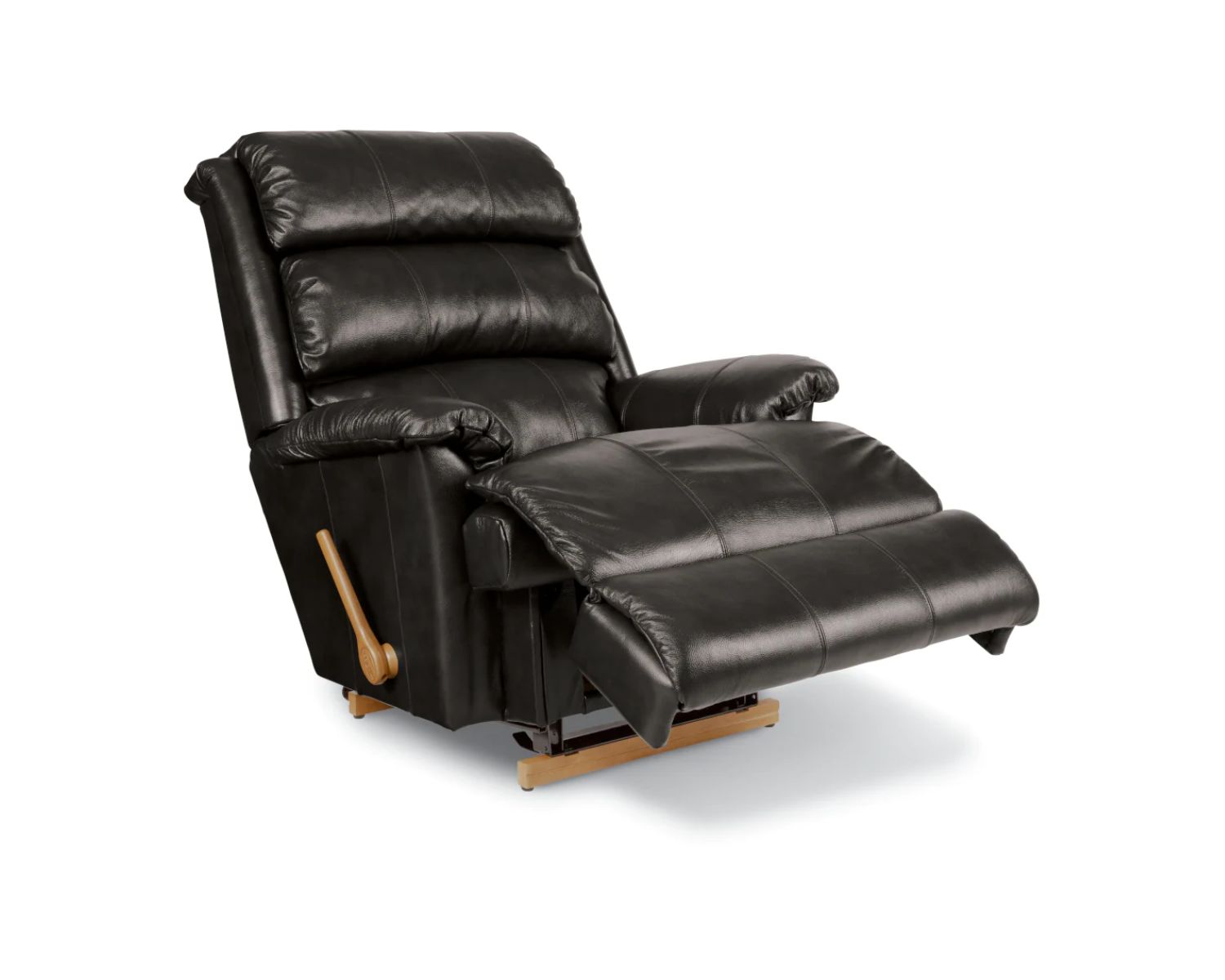
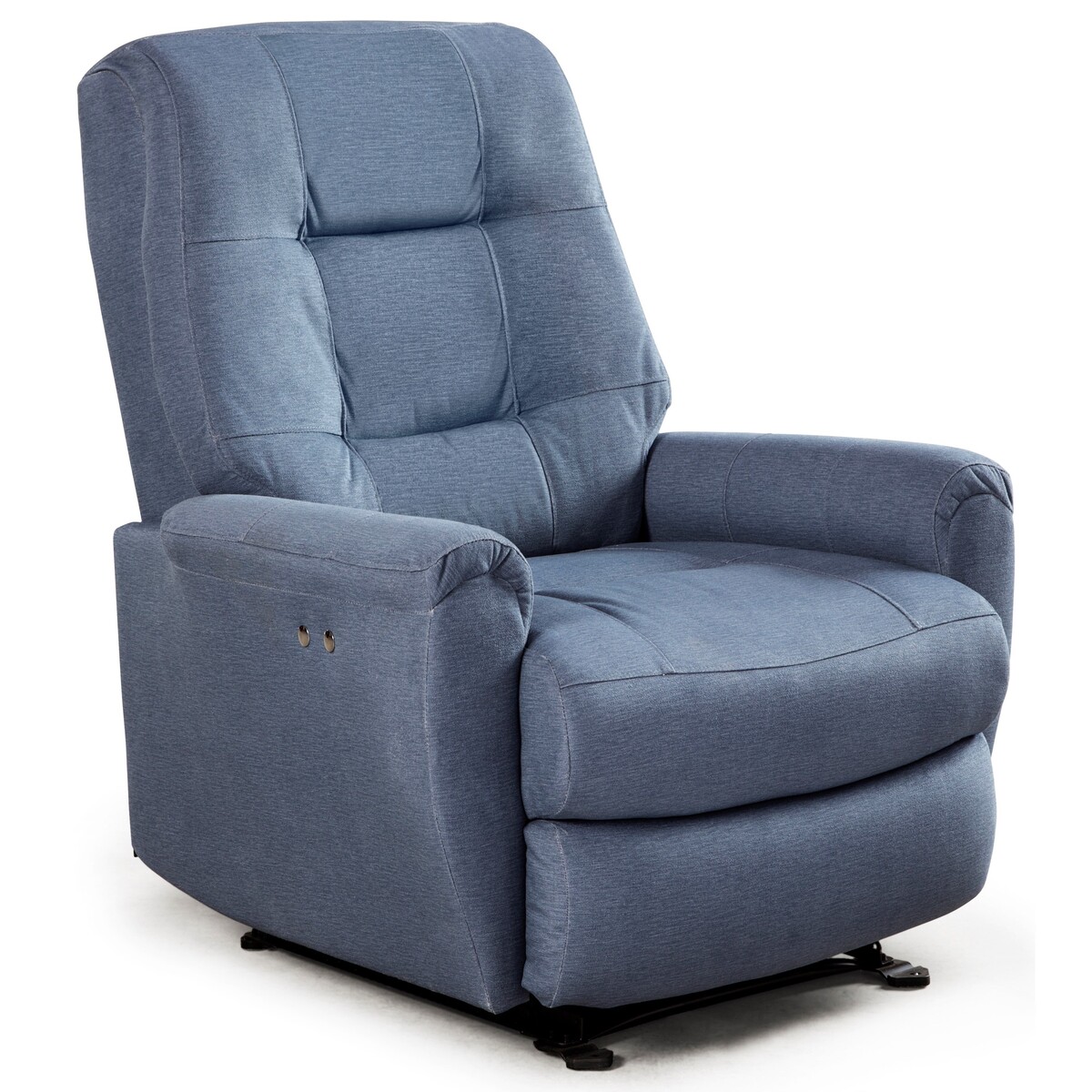
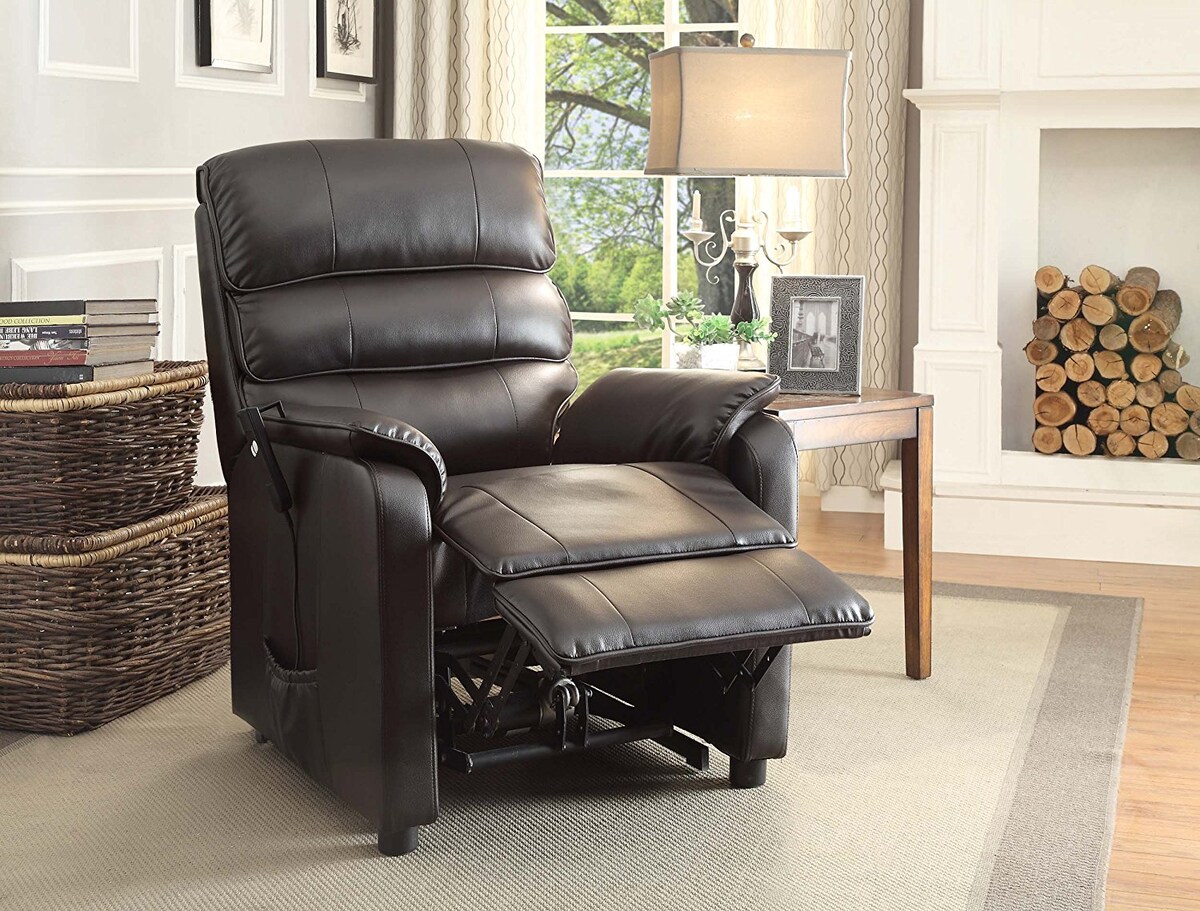
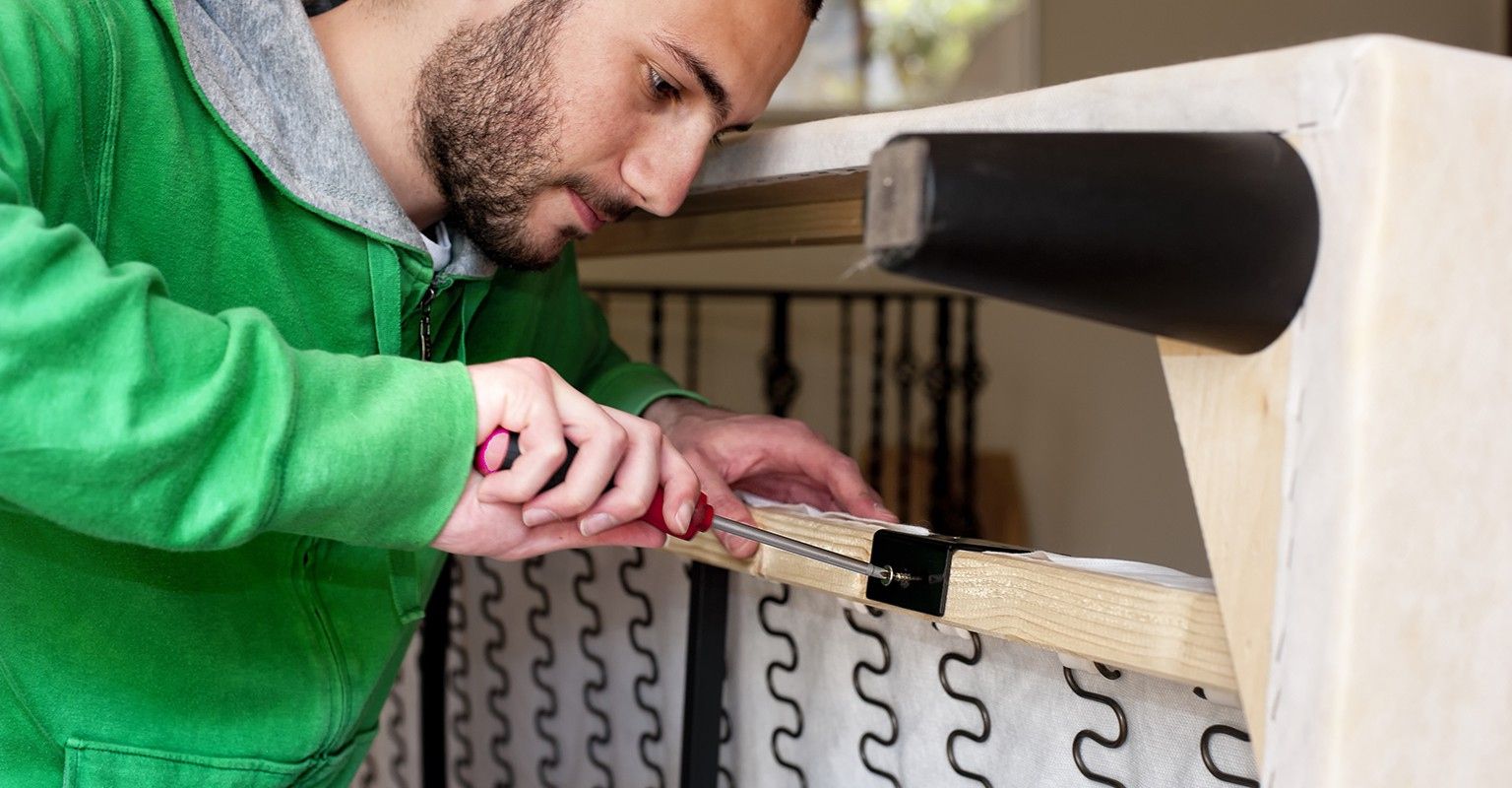

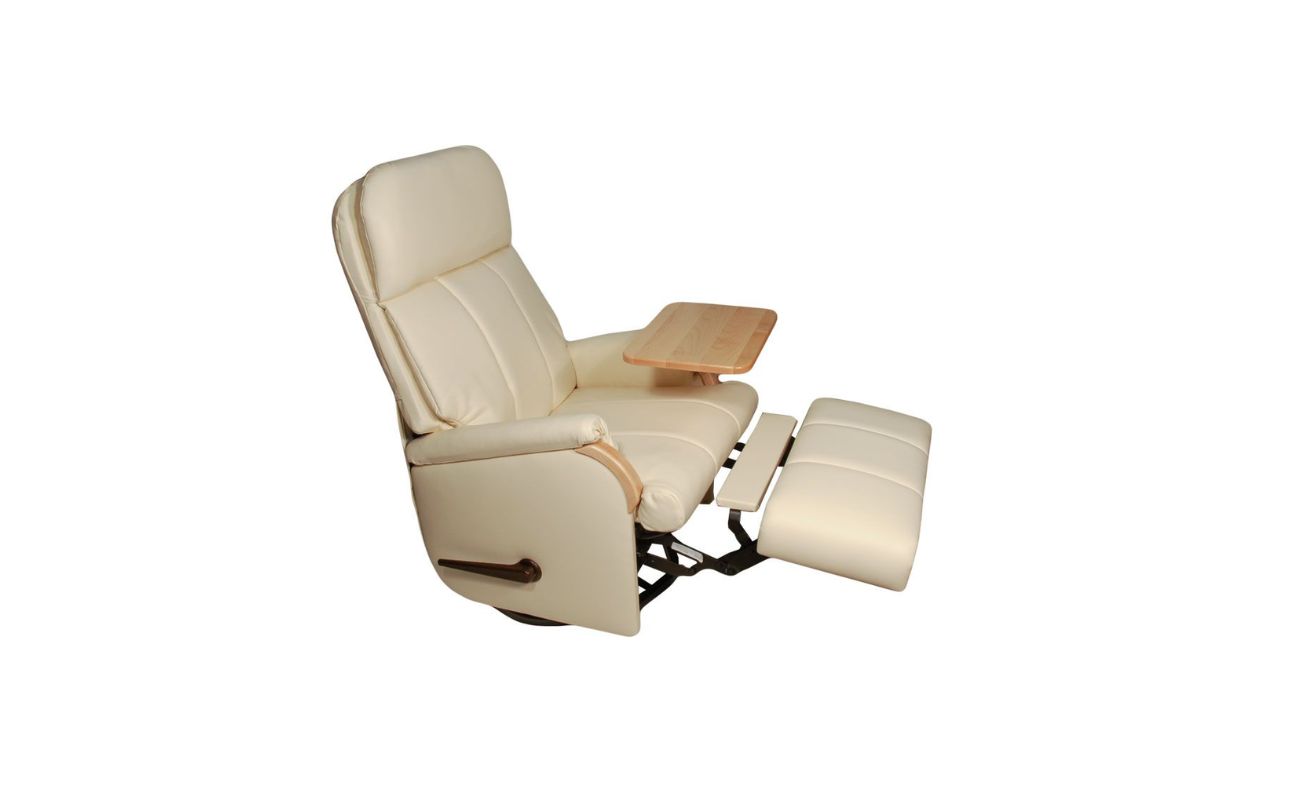
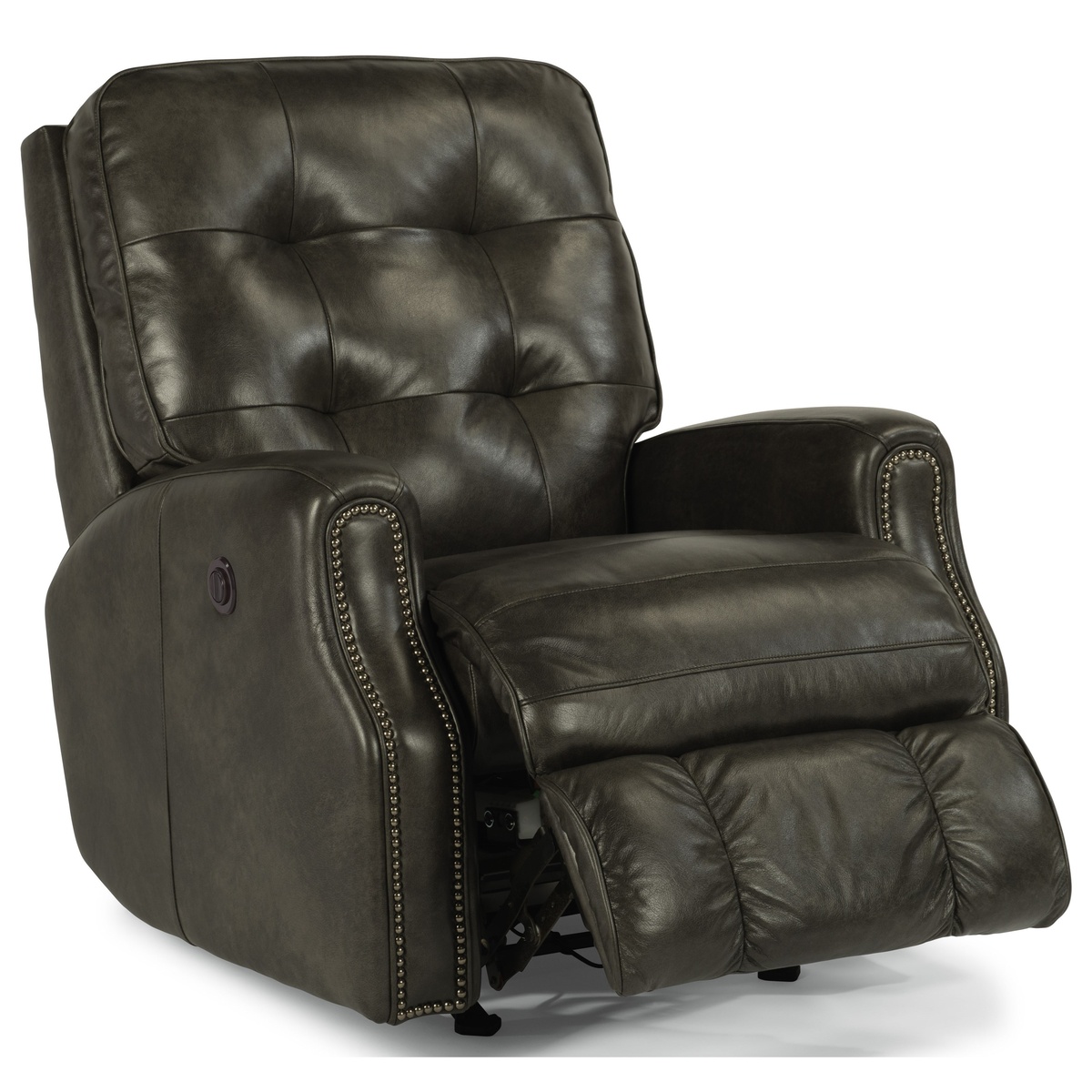
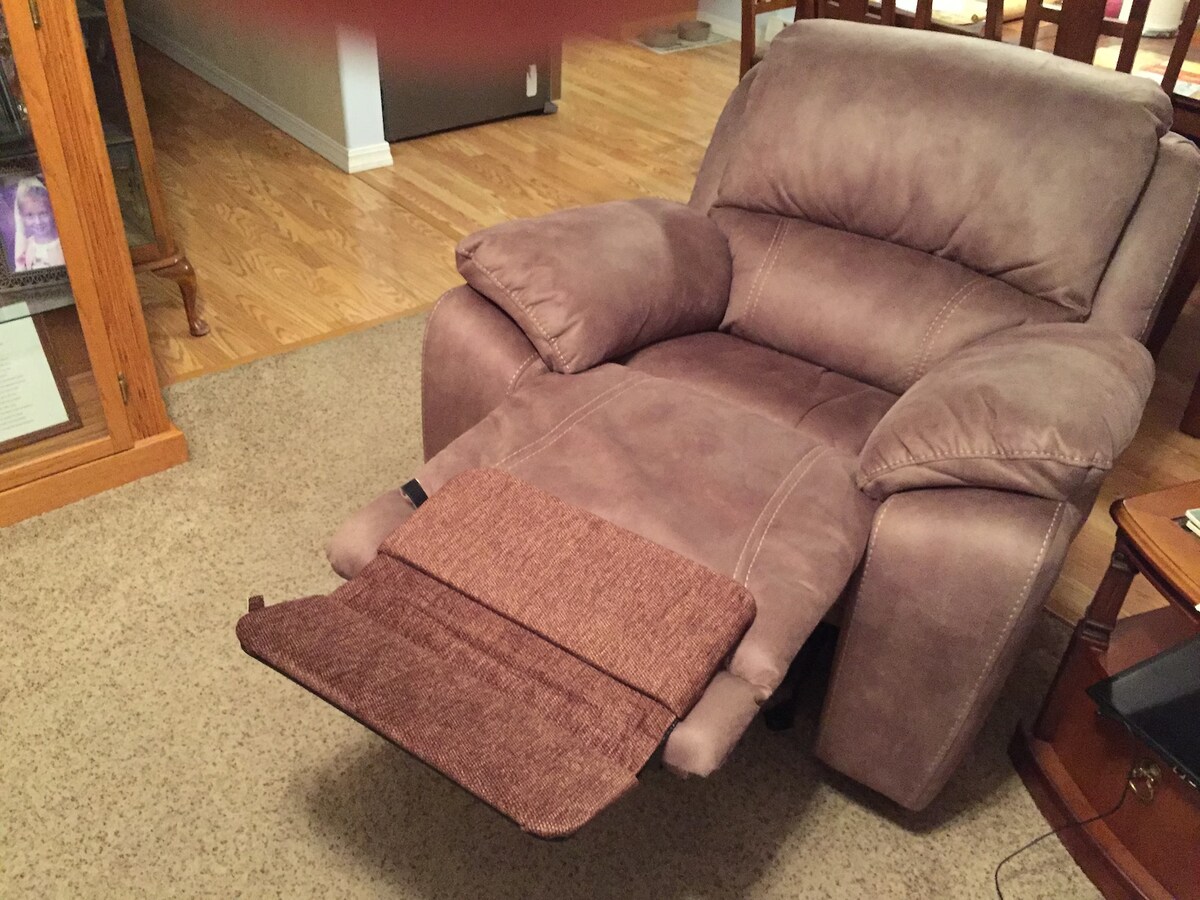
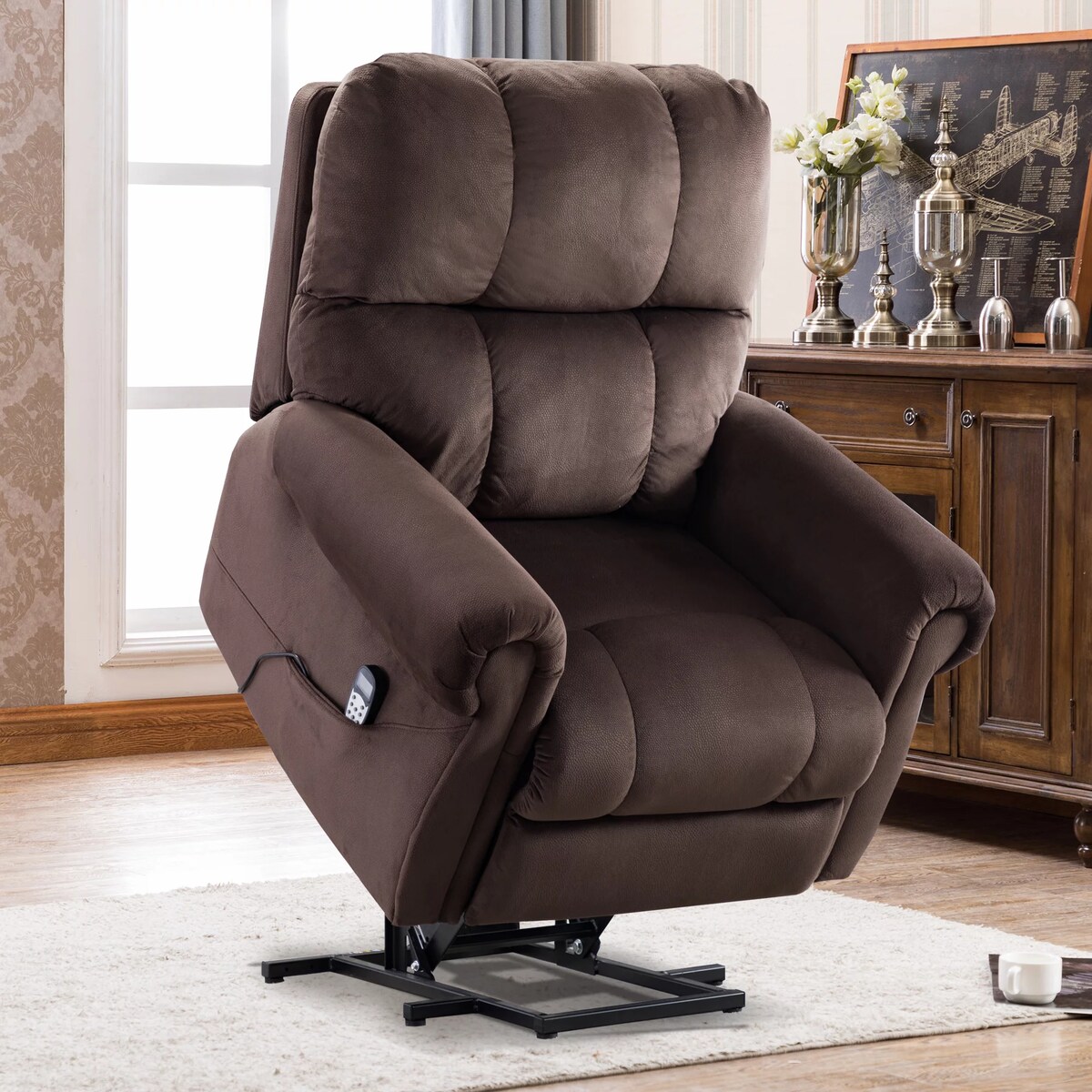

0 thoughts on “How To Measure A Recliner”